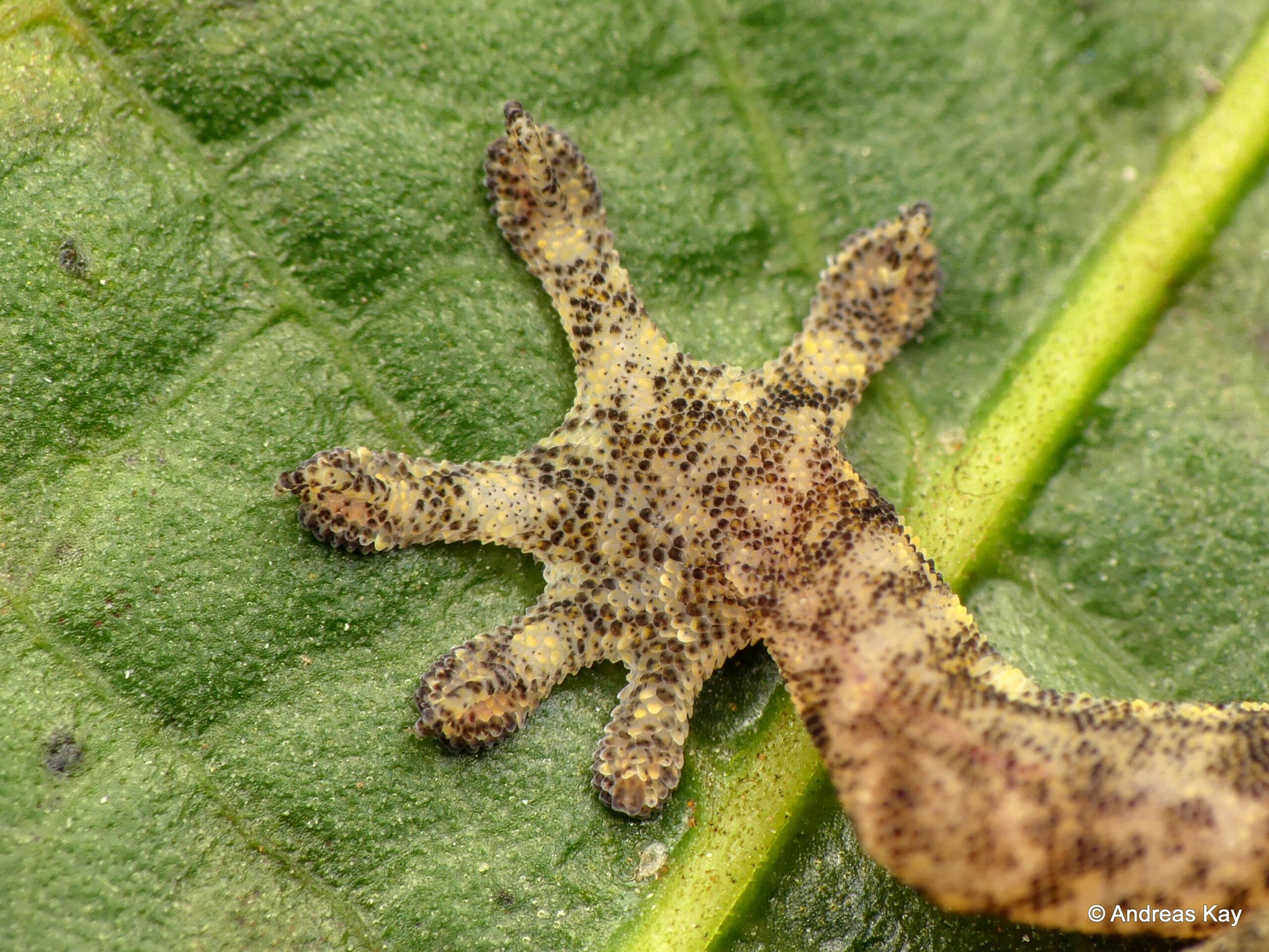Photo credits: Andreas Kay via flickr Australia is home to an array of remarkable reptiles. Among them, two geckos stand out - not just for their unique appearance and behaviour, but also for the growing threats they face. The ringed thin-tail gecko (Phyllurus caudiannulatus) and the Mount Elliot leaf-tailed gecko...
Image: Canva
Southern bluefin tuna were very nearly fished into extinction.
Appetite for the extremely valuable fish used in high-grade sashimi caused the population to drop to perilously low numbers.
It was a conservation crisis that led to the global listing of the species as Critically Endangered in 1996 and HSI Australia to take the Australian government to court over the fishing of their quota for the species.
But since that time, thanks to international cooperation, data-gathering and improved management, the southern bluefin tuna began to rebound.
HSI Australia celebrated the day in 2021 when the IUCN downlisted the species to Endangered, as we welcomed the signs of recovery. However, these welcome signs, and a newly increased quota for tuna is set to spell disaster for albatross and petrels. Let’s explain the connection between the fate of these animals.
Last week, the 30th annual Extended Commission meeting of the Commission on the Conservation of Southern Bluefin Tuna (CCSBT) took place in Busan, South Korea. The commission meets annually to manage the global population of southern bluefin tuna and sets quotas divided up between the country fishing fleets that target the species.
HSI has attended these meetings for decades, as longline fishing fleets targeting tuna often have high rates of bycatch and entanglements – particularly for seabirds.
Bycatch in longline fisheries remains the single greatest threat to albatross and petrels, some of the largest, longest ranging, longest lived and threatened seabirds in the world. When the birds dive after bait that’s meant for tuna, they can become hooked, entangled and drowned. This happens to up to 36,000 albatross and petrels every year, leading seabird scientists to declare an urgent and continuing conservation crisis.
At the conclusion of last week’s CCSBT meeting, member nations agreed to increase the southern bluefin tuna quota by 3000 tonnes as a result of the now stabilised and rebuilding tuna population. While this may be seen as a sign of good management, increased quotas equals increased fishing effort, which in turn means a greater amount of seabird bycatch. Despite HSI warnings, this damning reality was disturbingly ignored at the CCSBT.
Using bycatch data going back many years, HSI conservatively estimates an average 9,500 albatross and petrels perish every year on the longlines fishing for southern bluefin tuna. With the newly agreed increase in the southern bluefin tuna quota, that number can be expected to rise to 11,400.
CCSBT foundational documents have enshrined the consideration of all of the ecological impacts of the fishery beyond those impacts on the target species itself. To increase the quota, and thereby fishing effort, without an increased effort to reduce the catch of seabirds and other non-target wildlife contravenes these foundational values.
As well as being members of CCSBT, Australia and New Zealand are also Parties of the Agreement on the Conservation of Albatross and Petrels (ACAP), which has identified best practice measures to reduce the bycatch of these species in longline fisheries. These measures include weighting the lines (to sink faster than the birds can intercept them), night-setting (as most birds forage by day), and bird scaring (or tori) lines. When a fishery implements these recommended measures, catch of albatross and petrels is reduced by as much as 90%.
With these solutions clear and supported scientifically, it was disappointing that Australia and New Zealand agreed to the increased southern bluefin tuna quota without insisting that CCSBT require all southern bluefin tuna longline fleets adhere to using these best practice measures.
Instead, the CCSBT continues to defer responsibility for preventing bycatch to other fishing bodies. An approach HSI considers irresponsible.
Meetings of the CCSBT are annual and ongoing, and we will continue to engage in the meeting processes and with member nations to ensure that albatross and petrels are considered and that measures are enacted to reduce their deaths in southern bluefin tuna fisheries.
As majestic ocean wanderers under threat from numerous climate and habitat pressures, it is essential that we do everything we can to limit seabird deaths in our high-seas fisheries. If we do not, we risk losing them forever.


